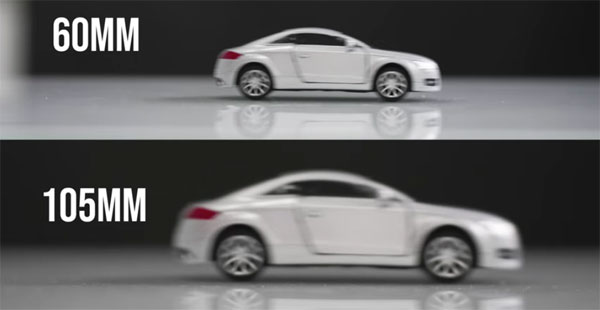FREE Photo Editing Masterclass Part 3: Tone Curve (VIDEO)
Earlier this month we began posting weekly installments of a remarkable new 10-part Lightroom masterclass from our friends at Phlog Photography. Episode #1 covered basic tools for beginners, while Part 2 was all about using masks.
Today we’re happy to bring you the third tutorial in this very helpful series, explaining everything necessary for taking advantage of Lightroom’s Tone Curve. If you’re uncertain about how this very helpful tool works, the lesson below will get you up to speed in barely minute minutes.
As instructor Christian Mohrle says, “The Tone curve in Lightroom is a powerful feature that allows you to adjust the brightness and contrast of your images in a precise and controlled way.” Depicted as a simple graph, the Tone Curve provides a quick visual representation of the tonal values in a photo, with a diagonal line running from the bottom left corner to the top right.

Once you understand how to interpret this simple graph you can use it to balance the tones in an image, or make a variety of interesting effects—like adding depth to an image, creating a vintage or film-like look, and much more. When looking at the graph you’ll find shadows on the left, midtones in the center, and highlights on the right.
As Mohrle explains, “By clicking and dragging on the diagonal line you can adjust the brightness and contrast of specific areas in a photo.” As you’ll see, dragging the curve up increases brightness and decreases contrast. Conversely, dragging the curve down decreases brightness and bumps up contrast.
After demonstrating basic Tone Curve adjustments Mohrle discusses targeted enhancements to specific colors. Thus, “by selecting the red, green or blue color channels at the top of the panel, you can adjust the tonal values of individual color ranges in you images.

There’s much more to see on Mohrle’s instructional YouTube channel, especially about shooting and editing landscape photos, so be sure to pay a visit.
If you missed earlier episodes in this series you can find the Part 1 here, and the second installment here. We’ll bring you future episodes as soon as they’re available.










